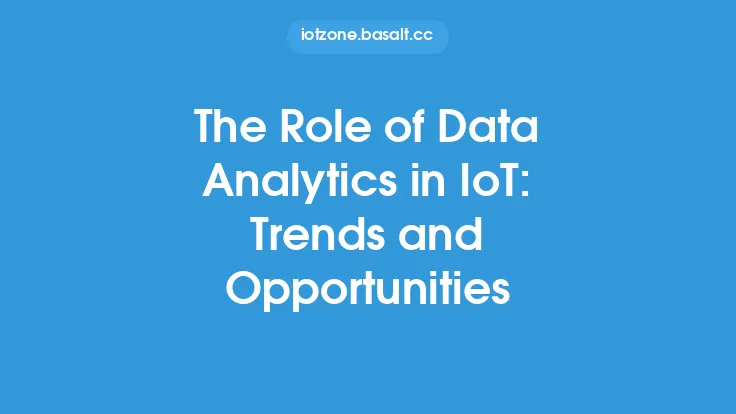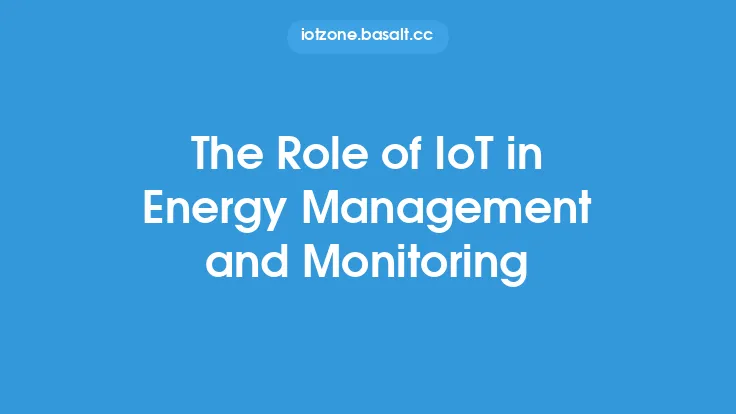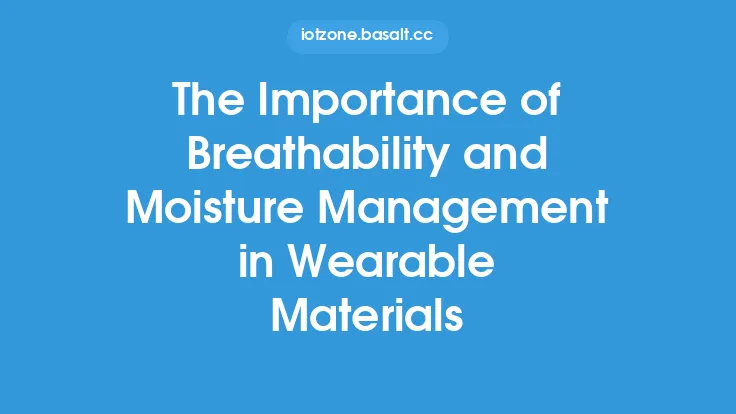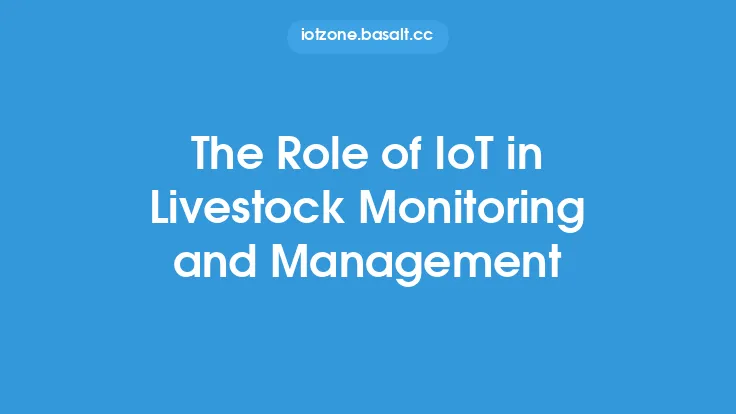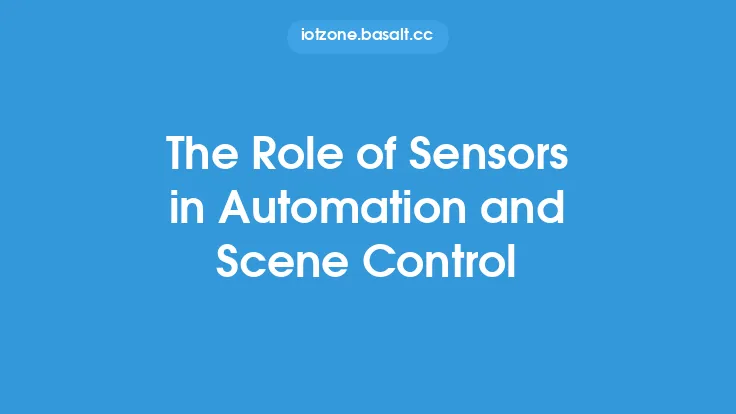The increasing demand for water due to population growth, urbanization, and climate change has made water conservation and management a pressing concern worldwide. The Internet of Things (IoT) has emerged as a key technology in addressing this issue, enabling the efficient use of water resources and reducing waste. IoT-based systems can monitor and manage water distribution, consumption, and quality in real-time, providing valuable insights for informed decision-making.
Introduction to IoT in Water Conservation
IoT technology has the potential to revolutionize the way we manage water resources. By deploying sensors, actuators, and other devices, IoT systems can collect and analyze data on water usage, pressure, flow rate, and quality. This data can be used to identify areas of inefficiency, detect leaks, and predict water demand. IoT-based systems can also automate water management processes, such as valve control and pump operation, to optimize water distribution and reduce energy consumption.
IoT-Based Water Monitoring Systems
IoT-based water monitoring systems typically consist of a network of sensors that measure various parameters such as water level, flow rate, pressure, and quality. These sensors can be installed in water distribution pipes, reservoirs, and other infrastructure to provide real-time data on water usage and quality. The data is then transmitted to a central server or cloud platform for analysis and visualization. Advanced analytics and machine learning algorithms can be applied to the data to identify trends, detect anomalies, and predict future water demand.
Smart Water Grids
Smart water grids are IoT-based systems that integrate advanced technologies such as sensors, meters, and valves to manage water distribution and consumption. These systems can detect leaks, predict water demand, and optimize water pressure to reduce energy consumption. Smart water grids can also integrate with other urban infrastructure, such as energy and transportation systems, to create a more efficient and sustainable city. For example, a smart water grid can adjust water pressure based on energy availability, reducing energy consumption during peak hours.
Water Quality Monitoring
IoT-based water quality monitoring systems can measure various parameters such as pH, turbidity, and bacterial contamination. These systems can provide real-time data on water quality, enabling prompt action to be taken in case of contamination. IoT-based water quality monitoring systems can also be integrated with other systems, such as weather forecasting and stormwater management, to predict and prevent water pollution.
IoT-Based Irrigation Systems
IoT-based irrigation systems can optimize water usage in agriculture, reducing waste and improving crop yields. These systems use sensors and weather forecasts to determine the optimal amount of water to be applied to crops, taking into account factors such as soil moisture, temperature, and humidity. IoT-based irrigation systems can also be integrated with other agricultural systems, such as precision farming and crop monitoring, to create a more efficient and sustainable agricultural practice.
Benefits of IoT in Water Conservation
The benefits of IoT in water conservation are numerous. IoT-based systems can reduce water waste, optimize water distribution, and improve water quality. These systems can also provide valuable insights for informed decision-making, enabling water utilities and authorities to make data-driven decisions. Additionally, IoT-based systems can automate water management processes, reducing the need for manual intervention and minimizing the risk of human error.
Challenges and Limitations
Despite the benefits of IoT in water conservation, there are several challenges and limitations to its adoption. One of the main challenges is the high upfront cost of deploying IoT-based systems, which can be a barrier for small water utilities and developing countries. Additionally, IoT-based systems require significant infrastructure and maintenance, which can be a challenge in areas with limited resources. Furthermore, IoT-based systems can be vulnerable to cyber attacks and data breaches, which can compromise the security and integrity of water management systems.
Future Directions
The future of IoT in water conservation is promising, with ongoing research and development focused on improving the efficiency, scalability, and security of IoT-based systems. One of the key areas of research is the development of low-cost and low-power IoT devices, which can reduce the upfront cost of deploying IoT-based systems. Additionally, researchers are exploring the use of advanced analytics and machine learning algorithms to improve the accuracy and reliability of IoT-based systems. Furthermore, there is a growing interest in the use of IoT-based systems for water management in developing countries, where access to clean water and sanitation is limited.
Conclusion
In conclusion, IoT has the potential to revolutionize the way we manage water resources, enabling the efficient use of water and reducing waste. IoT-based systems can monitor and manage water distribution, consumption, and quality in real-time, providing valuable insights for informed decision-making. While there are challenges and limitations to the adoption of IoT in water conservation, the benefits are numerous, and ongoing research and development are focused on improving the efficiency, scalability, and security of IoT-based systems. As the world continues to face the challenges of water scarcity and climate change, the role of IoT in water conservation and management will become increasingly important.
